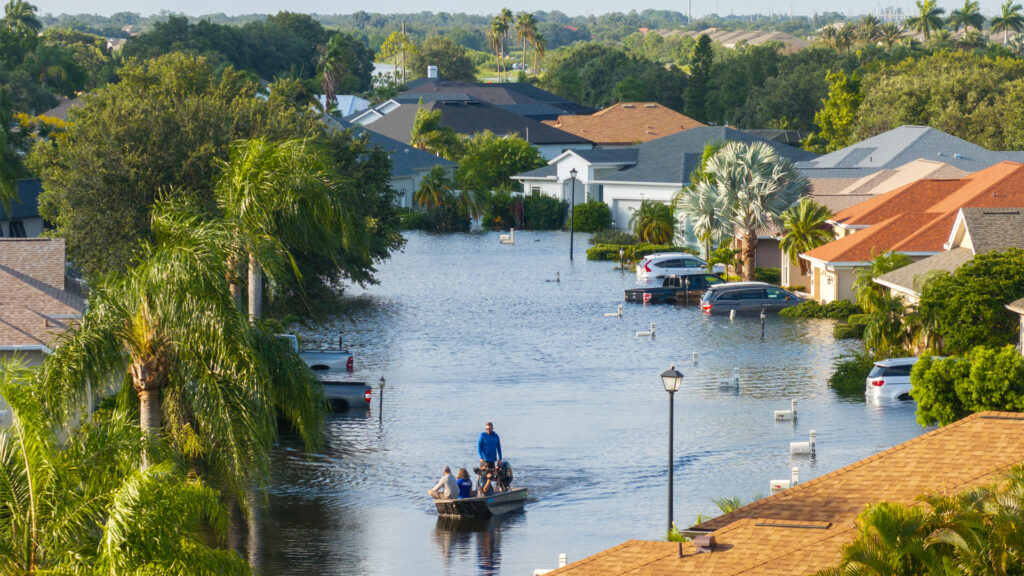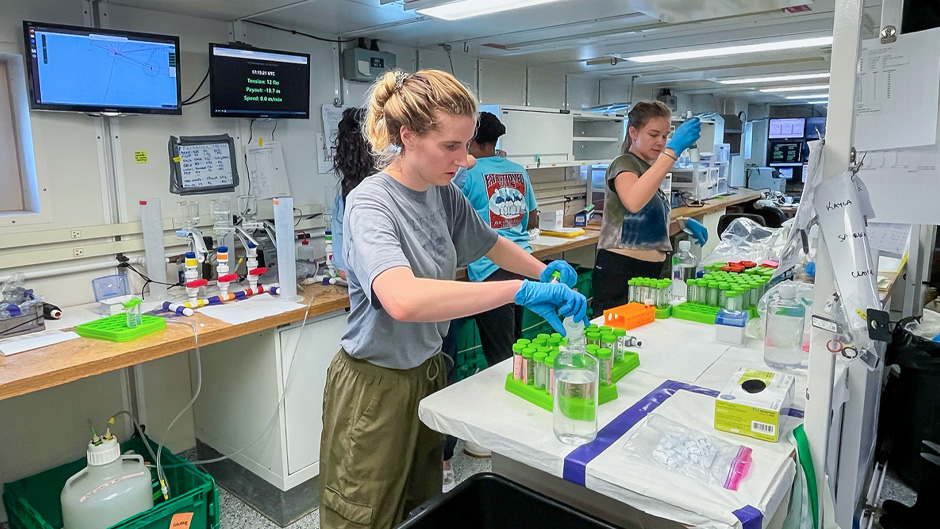By Don Brown, former Florida state representative
When the next $50 billion hurricane strikes Florida, the question is: Who’s going to pay for it? While many Floridians expect insurers to cover the damage, the reality is a bit more complicated.
Insurers can falter, premiums may fall short and, ultimately, the financial burden shifts to homeowners and taxpayers. Florida’s insurance crisis exposes the unsustainable expectation that we can build in high-risk areas and count on others to pick up the tab when disaster strikes.

Florida’s unique climate and growth patterns make it especially vulnerable to hurricanes, flooding and storm surges. This has driven up insurance costs, but high premiums are simply a reflection of real risk. Suppressing these premiums with subsidies or caps gives consumers false security, encouraging building in unsafe zones. This cycle burdens our insurance system, exposes more people to financial loss and promotes a fragile market.
In any open market, price signals risk – and when these signals are distorted, it’s like taking away a warning light. Proper pricing not only discourages risky development but also promotes safe and sustainable practices by directing homeowners to safer, less vulnerable locations.
Government intervention often aims to make insurance more accessible, but in practice, it exacerbates risk. Artificially low premiums lure people to high-risk areas, insulate them from real costs and create what’s known as moral hazard – the tendency to take on more risk because someone else is sharing the burden. When government programs make it cheaper to live in flood zones, they unintentionally encourage risky building and erode incentives for mitigation measures like storm-resistant construction.
Programs like the National Flood Insurance Program (NFIP) illustrate this well. Since 1968, the NFIP has provided subsidized flood insurance to make premiums more affordable in high-risk areas. But with rates that don’t reflect actual risk, a small percentage of properties repeatedly make claims after flooding, driving NFIP into billions of dollars of debt. By lowering costs, the NFIP fosters a cycle of rebuilding in flood zones, risking taxpayer funds without reducing exposure.

Florida’s Citizens Property Insurance Corp. offers a similar example. Established to provide last-resort coverage, Citizens attracted policyholders with low premiums, encouraging development in hurricane-prone areas. Now, with billions in potential liabilities, the state could face a taxpayer crisis if a major hurricane hits.
While subsidies and price caps tackle only the surface, resilient communities like Babcock Ranch are excellent case studies that show that strategic planning is possible. Built with advanced stormwater systems, solar power and underground utilities, Babcock Ranch sits 25-30 feet above sea level, sidestepping flood risks and preserving power even in storms. This approach balances development with long-term risk management, offering a path forward that doesn’t rely on subsidies but on smart design and real resilience.
Floridians must recognize that living in paradise comes with inherent risks. Real progress requires shifting focus from short-term premium reductions to addressing the root causes of rising costs. By allowing insurance prices to reflect actual risk, encouraging safer building practices and limiting subsidies to cases of true need, we can build a sustainable market – and state – that’s resilient, realistic and better prepared for the challenges ahead.
Don Brown is a former state representative and former chair of the House Insurance Regulation Subcommittee. Banner image: Some of the destruction to homes caused by Hurricane Ian in Florida (iStock image).
Sign up for The Invading Sea newsletter by visiting here. To support The Invading Sea, click here to make a donation. If you are interested in submitting an opinion piece to The Invading Sea, email Editor Nathan Crabbe at nc*****@*au.edu. To learn more about flood zones, watch the video below.



